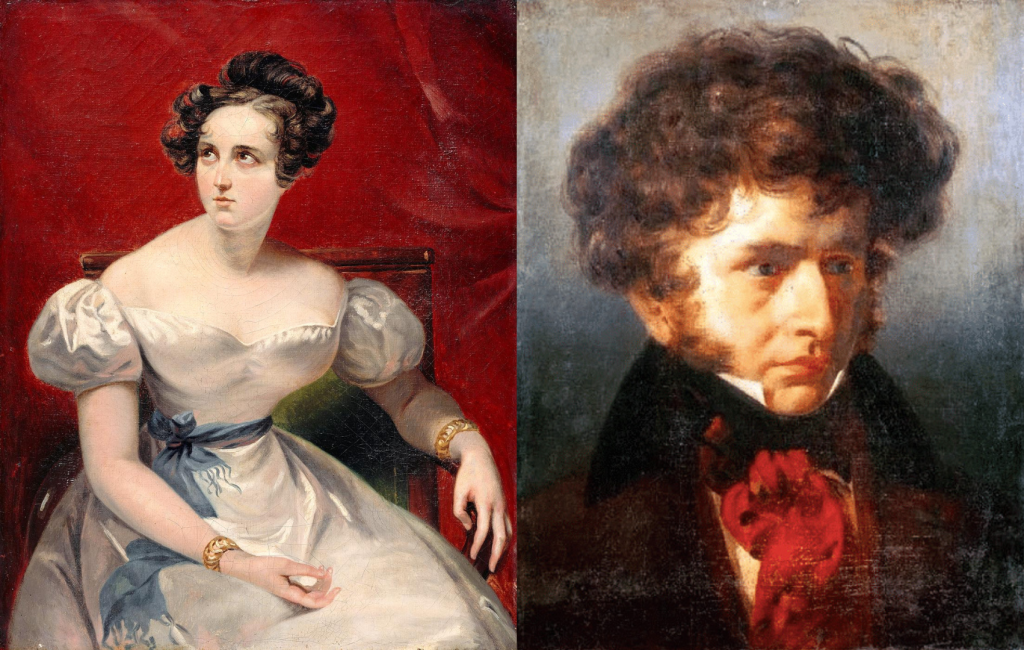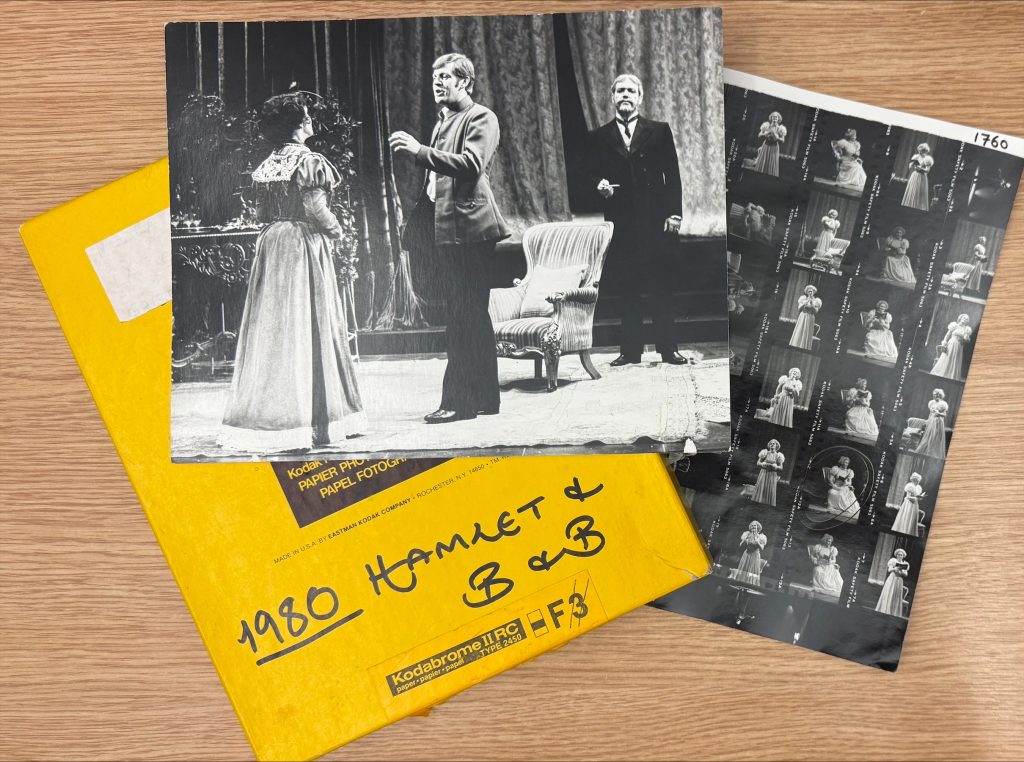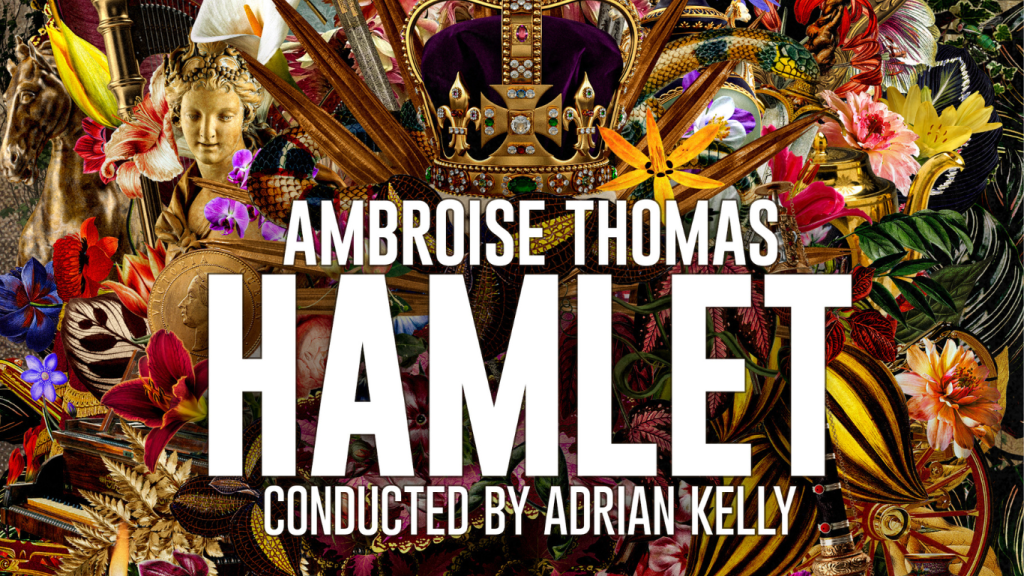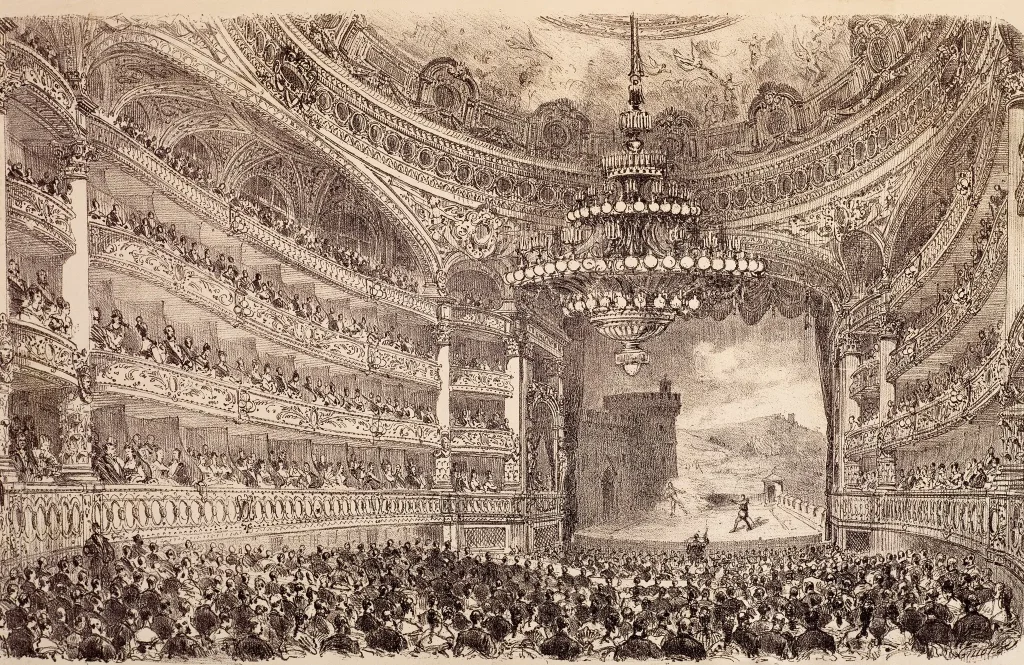5 Things You (Probably) Didn’t Know About Ambroise Thomas’ Hamlet
Ambroise Thomas might not be the first composer that comes to mind when you think of Hamlet, but his 1868 opera has plenty of surprises. It’s moody, dramatic, and full of curious details that make it stand out from the crowd. Here are five reasons to give it a second look.
1. It has two completely different endings
Thomas couldn’t quite decide how to finish the story. In the original version, Hamlet survives and becomes king. Later productions went with a more familiar tragic ending where Hamlet dies. Both were performed, depending on what the audience or the theatre wanted. Shakespeare purists were probably not impressed.
2. It’s the first opera to include a saxophone
Long before the sax became a jazz icon, it made a quiet debut in this opera. Thomas used it in the scene with Hamlet’s father’s ghost to create an eerie, otherworldly sound. It’s not flashy, but once you know it’s there, it’s impossible to miss.
3. Ophélie sparked a fashion craze and a musical obsession
Actress Harriet Smithson caused a sensation when she played Ophélie in a Shakespeare production years earlier. Women started copying her style. Composer Hector Berlioz fell head over heels in love with her from a distance and ended up writing Symphonie Fantastique as a kind of wild love letter. He eventually married her, but the relationship was famously turbulent.

4. It was a massive hit in its time
Hamlet might be a bit of a rarity on stage today, but back in Thomas’ day it was a smash. It was performed 276 times at the Paris Opéra during his lifetime, which made it one of the biggest operatic successes of the era.
5. It helped launch Sir Thomas Allen’s career in Buxton
In 1980, a young Thomas Allen appeared at the Buxton Festival playing Hamlet. That performance helped put him on the map and led to the international career that followed.



